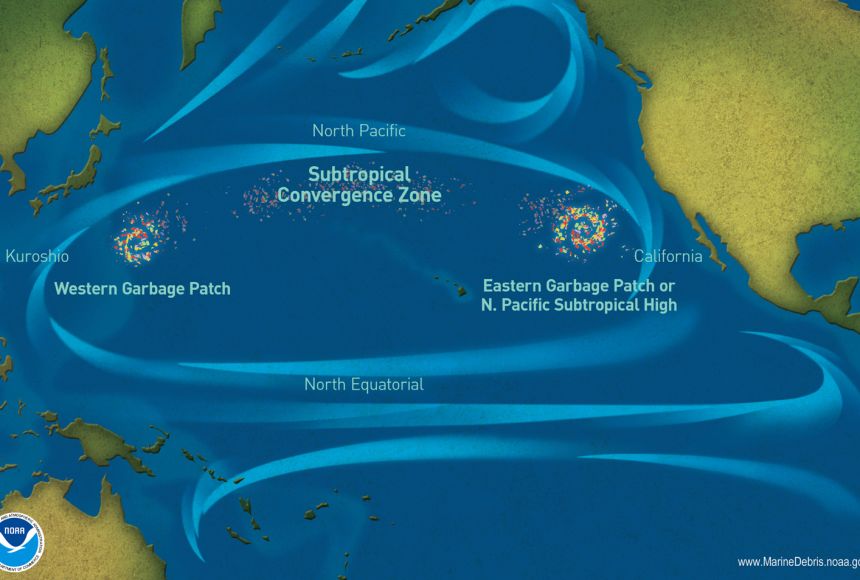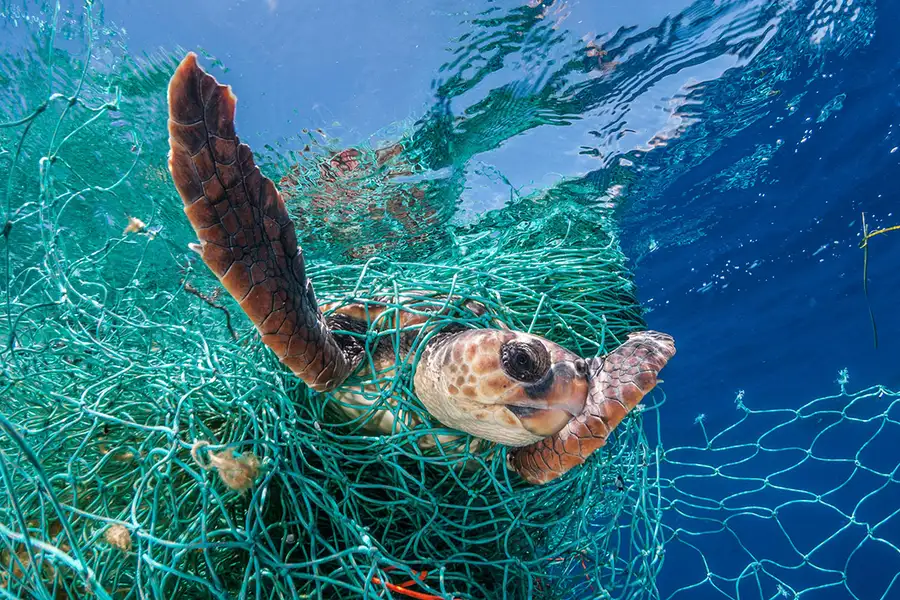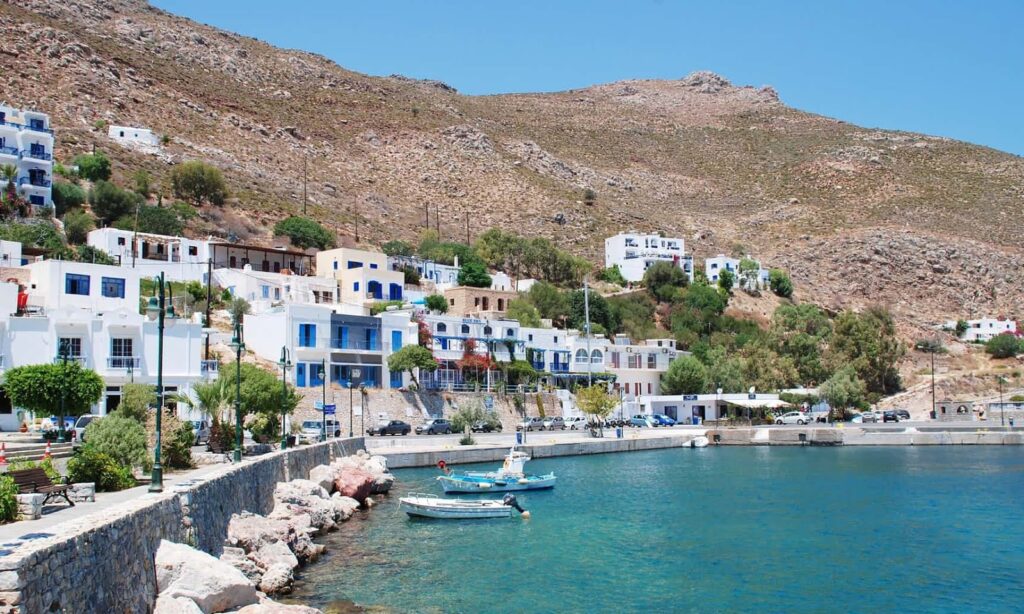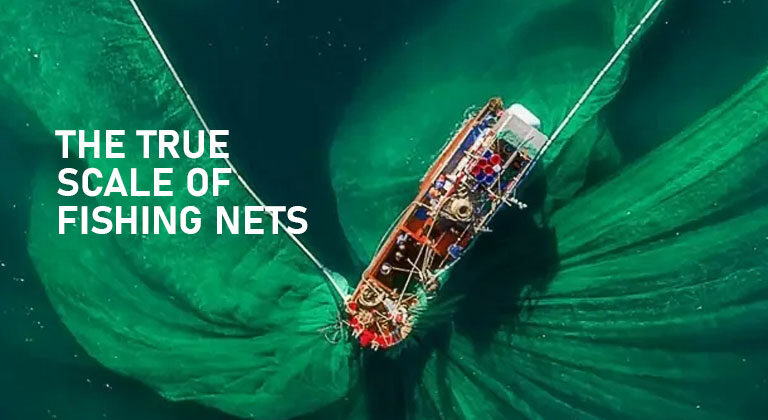Fishing nets, once woven of natural fibers, have become insidious weapons in the modern-day hunt for seafood. Crafted from durable synthetics like nylon and polyethylene, these silent sentinels pose a chilling threat to our oceans, silently ensnaring marine life and leaving behind a legacy of plastic pollution. This article delves into the staggering impact of fishing nets on the environment, from the Great Pacific Garbage Patch to the heart-wrenching plight of entangled creatures.
Plastic Peril: A Netful of Trouble
The sheer scale of the problem is staggering. A report by Greenpeace revealed a shocking truth: a whopping 86% of the large plastic debris swirling within the infamous Great Pacific Garbage Patch originates from fishing gear. This monstrous plastic soup, twice the size of Texas, serves as a grim testament to the lasting footprint of discarded nets.

But the plastic plague extends far beyond this oceanic vortex. Studies estimate that 27% of all marine litter comprises fishing gear, including nets, pots, and traps. These insidious plastic tentacles reach every corner of the globe, from pristine Arctic waters to sun-drenched coral reefs.
A Lingering Legacy: Ghost Nets Haunt the Deep
Perhaps the most horrifying consequence of this plastic invasion is the rise of “ghost nets.” Lost or abandoned at sea, these nets continue their deadly dance, ensnaring unsuspecting marine life in their silent embrace. Dolphins and whales become entangled in their mesh, suffocating or drowning in a desperate struggle for freedom. Sea turtles mistake them for jellyfish, their flippers and necks constricted in a plastic prison. Even majestic sharks fall victim, their powerful bodies succumbing to the unrelenting grip of synthetic fibers.
The statistics paint a grim picture. The World Wildlife Fund estimates that ghost nets claim the lives of almost 1 million marine animals every year, a silent holocaust unfolding beneath the waves. This death toll includes not only commercially valuable fish but also endangered species like sea turtles and sharks, further jeopardizing the fragile balance of marine ecosystems.

Beyond Entanglement: A Web of Environmental Woes
The damage inflicted by fishing nets goes far beyond the immediate casualties. These plastic predators scrape and snag delicate coral reefs, leaving behind scars that disrupt growth and threaten reef-dependent species. They act as magnets for other forms of marine debris, creating floating garbage patches that mar the beauty of our oceans and endanger seabirds who mistake them for food.
Even when they break down over time, these synthetic nightmares don’t vanish. They fragment into microplastics, infiltrating the food chain and poisoning marine life from tiny plankton to the apex predators. These plastic particles not only threaten individual species but also disrupt entire ecosystems, raising concerns about potential human health risks as microplastics find their way into our seafood.
Hope on the Horizon: Weaving a Sustainable Future
The bleak scenario painted by fishing nets doesn’t have to be our only future. A wave of innovative solutions is rising to challenge the status quo and chart a more sustainable course for our oceans. Researchers are developing biodegradable fishing nets crafted from materials like algae or plant fibers, offering a promising alternative to plastic-based gear.
Community-driven initiatives like the one on the Greek island of Tilos are setting inspiring examples. By banning disposable plastic fishing nets and implementing a gear collection program, Tilos has shown that change is possible at the local level.
Technology is also playing its part. Advanced sonar and camera systems help fishers identify and avoid areas with vulnerable marine life, reducing the risk of accidental gear loss. Additionally, gear marking programs and deposit-refund schemes encourage responsible disposal and discourage careless abandonment.

Taking Action: Every Thread Counts
The fate of our oceans hangs in the balance, and every action, however small, can make a difference. As consumers, we can choose seafood certified sustainable by organizations like the Marine Stewardship Council, ensuring our purchases don’t fuel the harmful fishing practices that contribute to net pollution.
Supporting organizations working to clean up the oceans and advocating for stricter regulations on fishing practices are also crucial steps towards a sustainable future. We can raise awareness within our communities through educational campaigns and inspire others to join the fight against plastic pollution.
Remember, every net retrieved, every microplastic removed, and every sustainable seafood choice is a victory for our oceans. By weaving a collective web of responsibility and action, we can break free from the silent grip of fishing nets and ensure a healthier, more vibrant future for the creatures and ecosystems that call the seas home.
Let’s make the future of our oceans blue, not choked by plastic. Together, we can unravel the deadly legacy of fishing nets and leave a legacy of hope for generations to come.

